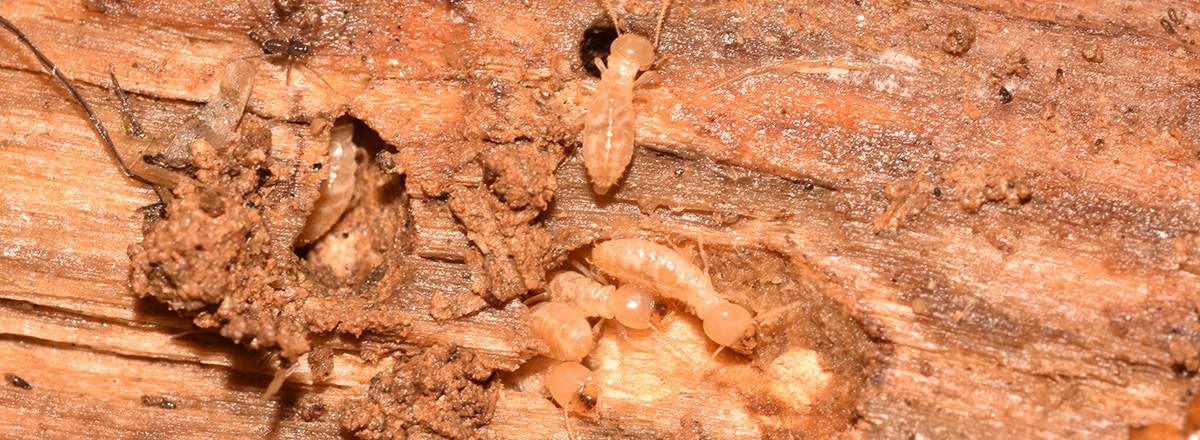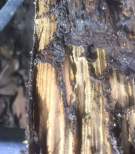Termites

LEARN and GET COUPON!
How to get rid of termites!
If you have termites, you **definitely** want to know about it.
Termites can destroy your most valuable investment -- your home!! The best prevention is a good inspection. Call Omega Termite & Pest Control today!
Termites have been around for several million years. Termites play a valuable role in the environment by helping break down fallen trees, logs and branches into organic material that helps enrich the soil.
Termites become pests when people build wooden structures that these wood loving insects love to eat!
Central heating in homes and our moderate San Francisco Bay Area climate allow termites to feed nonstop. There are 40-55 species of termites in the U.S. but there are only three types in the Bay Area that we have to worry about.
Pest Info Group





